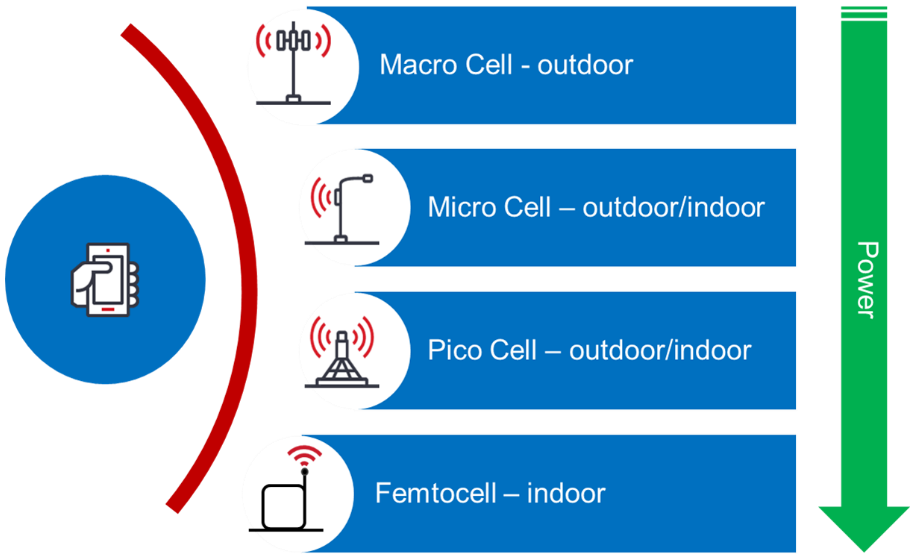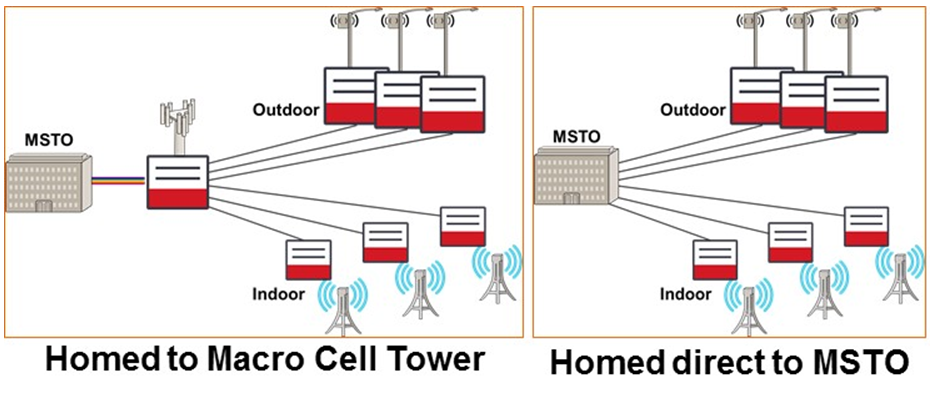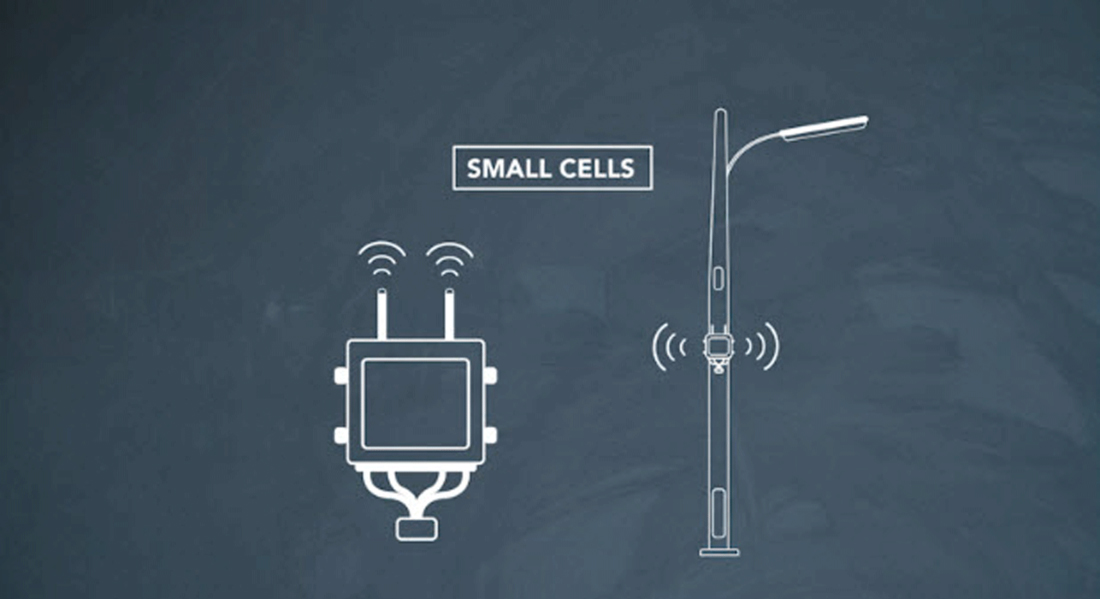Densifying the Network, One Small Cell at a Time
Mobile network usage is growing at an astounding rate of 42% CAGR, as data rates rise driven by an insatiable customer appetite for video, gaming, social media, and live streaming. With the omnipresence of smartphone technology, advancement towards 5G, and mobile data as the major use cases – MNOs struggle to maintain with growing customer demands.
There are three primary ways that MNOs can add capacity to their wireless network:
- Buy more spectrum
- Make spectrum utilization more efficient by optimizing spectral efficiency
- Densify the network, by adding more cell sites, while reusing available spectrum
A mobile network must be designed to physically reach the intended number of subscribers and adapt to the changing capacity needs of those subscribers. To do so, MNOs segment their networks by base station coverage by using macro cells and small cells (ex. micro cells, pico cells, nano cells, femtocells, and even WiFi cells, or hotspots). Macro cells cover large geographic areas while the various types of small cells cover much smaller and varied geographic areas serving fewer end-users, both indoor and outdoor.

Macro cell sites use high powered radios, generally for large coverage areas. Small cells use much lower power radios, require less space, and increase data capacity by proliferation or densification of the network. Densification of the network means deploying lots of small cells to enable more overall users, lower latency, better mobile device battery life, and expanded coverage. The approach is to basically reuse spectrum over and over again, by keeping the coverage area small, and managing the interference between cells using a variety of techniques.
Small cells are used in very dense areas of population in both indoor and outdoor applications
What is a Small Cell?
With increased capacity and scalability comes an abundance of new business opportunities. One such opportunity being the growth of small cell Mobile Back Haul (MBH), introduced in 2008 by the 3GPP LTE (Long Term Evolution) specification.
Small cells can operate in both licensed and unlicensed spectrum, with a range of 10 meters to a few kilometers, and can be found in buildings, urban, and suburban areas. Small cells often go unnoticed, as they’re disguised as street furniture or installed on the sides of building with the same paint color. You may be surprised that the street lamppost your standing next to is actually a small cell making those 5 bars light up on your smartphone.
Small cells were designed to bring end-users and their mobile devices closer to the mobile network radio, vastly improving access performance. For MBH, small cells are aggregated in two manners: either aggregating small and macro cell traffic to the Mobile Telephone Switching Office (MTSO), or small cells can be homed to a nearby macro cell, which in turn connects to the MTSO. Both are in use today, and deployed based on specific network requirements, deployment constraints (indoor or outdoor), and optical fiber availability.

Continued popularity of accessing applications, and content is forcing MNOs to expand their mobile network, from 3G with 4G (LTE, LTE-A, and LTE-A Pro) and 5G New Radio (NR). 4G currently serves data-centric, smartphone-based applications. 5G will also support these applications, albeit with faster speeds and lower latency, which enable a new set of applications such as autonomous vehicles, augmented/virtual reality, and precise drone control with much higher scalability.
While small cell densification adds significant capacity to the wireless network, it also paves the way for 5G NR millimeter-Wave (mmWave) deployments. From a technology perspective, 4G spectrum uses higher power lower frequency waves than 5G NR mmWave. 5G’s ultra-dense cellular network will require more antennas – way more – and more fiber to connect massive Multiple-Input Multi-Output (MIMO) antennas and mmWave communication technologies to it.
Note that 5G NR is not expected to be a wholesale replacement for 4G; rather, it will complement it. So, deploying small cells and dark fiber first, MNOs are creating the backbone for the next generation of mobile technology and simultaneously avoiding the high-cost of acquiring more spectrum. Fiber plays a key role in reducing costs, offering massive scalability, improving security and reliability, and allowing for network densification, which paves the way for 5G NR deployments in denser urban areas.
Are you ready to densify your network of countless new cells and hotspots?
Ask us how Ciena helps build the next generation fiber distribution network.





